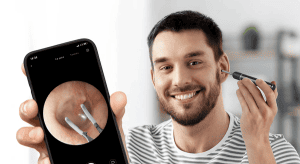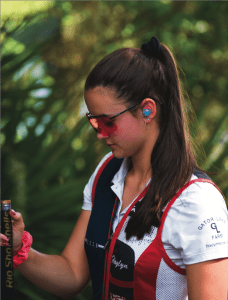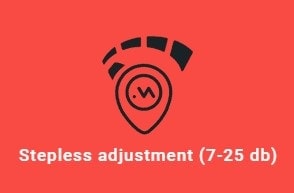
Bluetooth Earplugs vs. Earbuds: 3 Key Differences and Considerations
Bluetooth earplugs vs. earbuds: Discover key differences, sound quality, noise cancellation, and comfort. Find the perfect headphones for your lifestyle.

Bluetooth earplugs vs. earbuds: Discover key differences, sound quality, noise cancellation, and comfort. Find the perfect headphones for your lifestyle.

By: Robert M. Traynor and Garry G. GordonArticle first published in Workplace Material Handling and Safety magazine. In today’s culture there are always workers that sue companies for alleged injuries incurred in the workplace. Even though there is an active hearing conservation program in place there can be a lawsuit for hearing loss and tinnitus. The hearing conservation program manager, in coordination with a Council for Accreditation in Occupational Hearing Conservation- (CAOHC) certified professional supervisor, may offer an impeccable example

By: Garry Gordon, MS Article first published in Safety+Health magazine. What advice can I offer my employees who are hard of hearing because of ear wax? To keep the ear healthy, it’s not just a matter of wearing proper hearing protection to protect the ear from noise or water. It’s also a matter of keeping them clean. I’ve examined the ears of industrial workers for more than four decades, and three major issues come to the forefront: hearing loss, tinnitus and

Are AirPods and similar devices safe for your hearing?

Shooting is loud. Find out the latest ways to protect your ears.

Improve Workplace Efficiency and Safety with Multifunctional Hearing Aid and Ear Protector

We respect all the manufacturers of such equipment and professionally join in the need to make premium products that work while minimizing the complications they can cause the environment.

Reports of environmental pollution by foam disposable earplugs increase each year. While there is definitely a place for these hearing protection devices, it is not all over the ground.

By: Garry Gordon, MS and Robert M. Traynor, Ed.D., MBA, F-NAP In the workplace, when noise levels and exposures exceed OSHA guidelines, employers are required to provide adequate hearing protection as part of a comprehensive hearing conservation program. Several providers now offer custom fit hearing protection devices (HPDs). These options present questions and concerns from safety managers, hearing conservation providers, workers and corporate executives responsible for those managing hearing impairment as a byproduct of device production. These concerns are amplified

Note: This article describes the Minuendo product. Click here to learn more about Minuendo. Reposted with permission from original author, Robert Traynor Introduction Tidball and Fagelson define decreased Sound Tolerance (DST) as an abnormal physical and emotional response to routinely experienced sounds.1 It is an auditory complaint arising from damaging sound exposure, physical disease or dysfunction, mental health conditions, injury, or as a side effect of some medications. Patients may find these sounds merely irritating, or they may have a